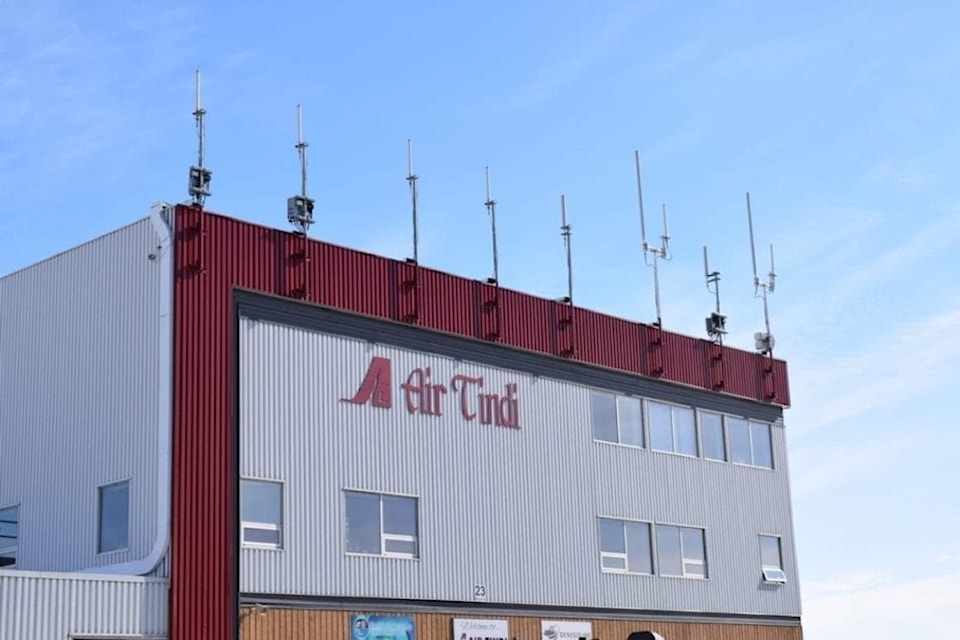Flying with inadequate instruments led to the fatal Air Tindi crash near Whatì in January of 2019, the Transportation and Safety Board (TSB) of Canada said in a news release on Monday.
The release is a summary of the TSB’s investigation into the crash of Jan. 30, 2019 that killed two flight crew members and destroyed the Beechcraft King Air 200 plane.
RELATED REPORTING: Pilots died on impact during ‘high’ velocity crash: TSB
The aircraft departed Yellowknife Airport just before 9 a.m. and was heading for Whati Airport on an instrument flight rules flight itinerary, TSB said.

Before departure, the flight crew noticed that that the right-side attitude indicator wasn’t working. That device helps pilots assess the aircraft’s orientation with the horizon when the ground isn't visible.
But because they expected it to eventually become operative during the flight, the crew decided to depart using only the left-side attitude indicator.
“Before starting their descent to Whatì Airport, the crew attempted to troubleshoot the still faulty right-side attitude indicator, but was not successful. During the descent, for undetermined reasons, the left-side attitude indicator also failed,” the release said.
To control the plane, the captain tried to use “partial panel flying techniques,” or flying while one or more of the main flight instruments aren’t working.
That attempt failed and the aircraft departed controlled flight and went into a spiral dive. The crew was unable to regain control of the plane in time to avoid crashing.
Air Tindi lost contact with the aircraft between 9 a.m. and 9:30 a.m. between 24 and 32 kilometres outside of Whatì, the TSB said after the initial investigation in 2019.
“The investigation determined that the crew did not effectively manage and mitigate the risk associated with the unserviceable right-side attitude indicator. Crew resource management was also not effective and resulted in a breakdown in verbal communication, loss of situation awareness, and the aircraft entering an unsafe condition,” the release said.
In the time after the crash, Air Tindi took several safety actions, including an internal safety probe, the installation of a third attitude indicator in all company aircraft that did not already have one, and changes to the minimum equipment list (MEL), a document offering guidance to the pilot on starting or continuing a flight if a piece of equipment becomes unserviceable during operation.
The MEL, for example, states that for the King Air 200, bank indicator systems normally have two instruments installed and the aircraft can be dispatched if one of them is serviceable, or the right side instrument might be inoperative if a second-in-command is not needed for the flight, or if the aircraft isn't equipped with an electronic flight instrument system.
Air Tindi also installed standardized and labelled power supplies for all attitude indicators in its King Air fleet, established life limits on all attitude indicators in company aircraft and amended its training programs.
